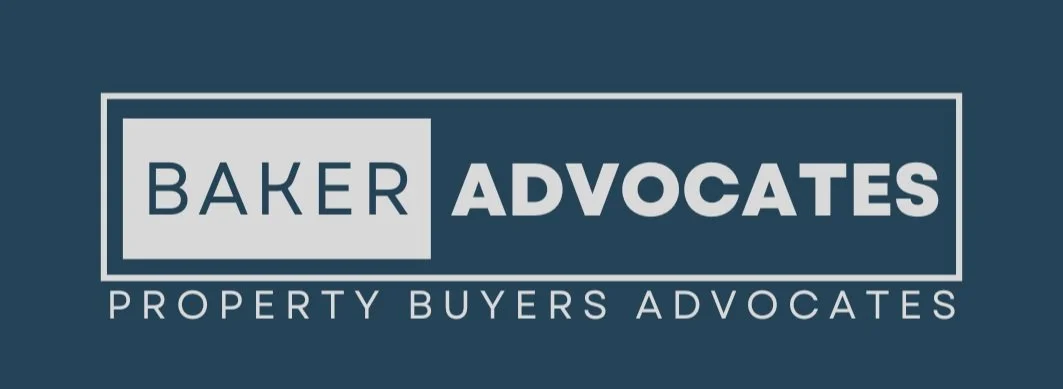What History Tells Us About the Property Market and Interest Rates.
When interest rates drop, property prices often start to climb but not always in the same way, and not in every location. If we look back over the past 20 years, we’ve had three big “rate cut cycles,” each shaping the Australian property market in its own way. Understanding these trends can give you an edge when deciding where (and when) to buy.
What History Shows Us
2008 – The Global Financial Crisis
When the cash rate fell from above 7% to just 3%, buyers jumped in. National house prices rose by 19% between 2009 and 2010. The improved affordability meant more people could enter the market and they did.
2011 to 2017 – The Long Slide
Rates dropped from 4.75% to a then-record low of 1.5%. Over those years, national prices climbed 33%, but the growth wasn’t even. Sydney boomed with a massive 77% jump, while other cities, like Brisbane, Adelaide, and Perth, had a far more modest lift.
2019 to 2020 – The COVID Boom
When rates were cut from 1.5% to 0.1%, we saw the fastest, most widespread property boom in modern history. Low borrowing costs fuelled a buying frenzy, and competition for property went through the roof.
Why the Impact Isn’t the Same Everywhere
1. Affordability – The Big Driver
High-priced markets are the most sensitive to interest rate changes because buyers there rely more on finance. When rates drop, their borrowing power jumps and so does demand. Think inner Sydney, Melbourne, Brisbane, Adelaide, and Perth.
2. Where a City is in its Growth Cycle
If a market is at the start of its upswing, cheaper money can push it forward faster. Melbourne is a great example right now strong population growth, a recovering economy, and more demand building. Lower rates could give it serious momentum.
3. Local Economic Health
A booming local economy supercharges the effect of rate cuts. Perth’s muted response to the 2019–2020 cuts turned into real growth only after the economy picked up in 2022.
Which Areas Could Benefit Most This Time
Sydney: Always the first to react. Inner-city markets with median prices well over $3 million are set to feel the biggest boost in demand.
Melbourne: Positioned for a comeback after years of modest growth.
Brisbane, Adelaide, Perth (Inner-City): Likely to see improved recovery thanks to better affordability.
Canberra & Hobart: Smaller markets showing early signs of recovery could strengthen further.
What This Means for Investors
Interest rates are just one piece of the puzzle. You still need to look at supply and demand, local economies, and where each market is in its cycle. While some cities might see rapid growth, others may grow steadily and steady growth often means more sustainable returns.
At Baker Advocates, we’re constantly tracking these market shifts to identify locations that can outperform the national average not just for the next year, but for the long term.
Final Thought
Rate cuts can open the door to opportunities, but only if you know where to look. Whether you’re aiming for a high-growth hotspot or a steady long-term performer, it’s about timing your move and choosing the right market.
If you’re ready to take advantage of these conditions without the stress of trying to figure it all out alone — click the link below to book a discovery call. We’ll walk you through the best strategies for your situation and help you secure an investment property with the potential to grow, even as the market shifts.
